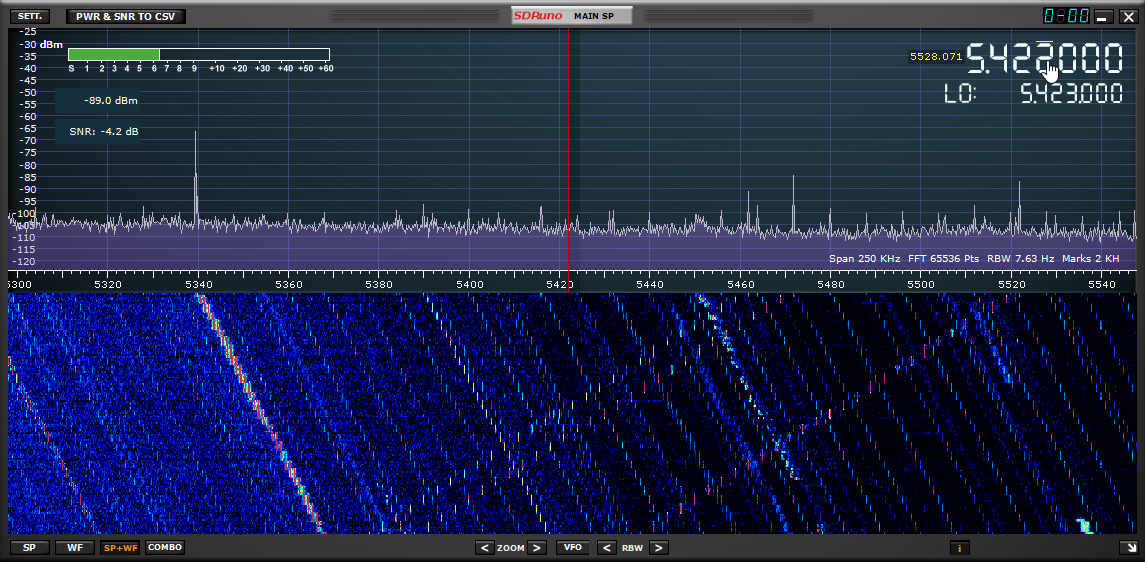I had previously SDRPlay1 and now I have SDRPlay2, both of them having the same problem - when you see and hear the station, there is absolutely no guaranty that it is really there.
Right now I'm listening nice and strong stations on 5MHz: But the thing is, that this stations are really on 15MHz: So, that's a bit annoying, and its not very easy to determine what kind of signal is. Easy test - when dragging the spectrum with the mouse, fake stations are going in opposite directions.
I understand that its a basic principle of superheterodyne receiver and frequency conversion (and its cheap and entry-level SDR anyway). But is there a way to minimize the effect? I was able to remove fake stations from 15 to 5MHz by switching from "Zero IF" to "Low IF", but the sample rate in this mode is limited. And I'm not sure that they really removed but not shifted to another place.
PS: I think my next receiver will be definitely a DDC one


